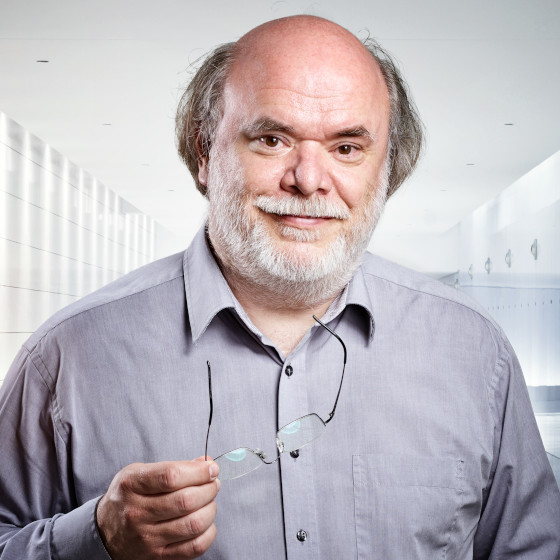Overview
This advanced lecture discusses the mathematical concepts and algorithms that are used to simulate the propagation of light in a virtual scene. The topics include Monte Carlo sampling, various Global Illumination algorithms (from the basic Path Tracing algorithm to more advanced algorithms like Vertex Connection and Merging), and HDR imaging. In the practical exercises, the students implement some of the algorithms discussed in the lecture in a lightweight rendering framework.
Instructors
Teaching Assistants
Tutors

Julius Kilger
Pre-requisites
- Programming experience with C++
Exams
| Matriculation number | Time |
| ****780 | 13:00 - 13:30 |
| ****464 | 13:30 - 14:00 |
| ****886 | 14:00 - 14:30 |
| ****216 | 14:30 - 15:00 |
| ****595 | 15:00 - 15:30 |
Mailing list
- Register for this course’s mailing list here.
- Send an email to the list by using the address ris(email character)graphics cs uni-saarland de (and replacing spaces with dots).
- Please only send emails from the address you subscribed with!
- If you received an email telling you that your message is awaiting moderator approval go to 3.
Lectures and assignments
General Regulations
- Type: Special Lecture, Practical computer science
- ECTS: 9 credit points
- Practical assignments
- Longer term projects
- Not a rendering competition as in CG1
- Assignments can be submitted by groups of up to 2 students.
Literature
The lecture is not bound to a specific book. The following list contains the most important books about image synthesis:
- Pharr, Jakob, Humphreys, Physically Based Rendering : From Theory to Implementation, Morgan Kaufmann
- Shirley et al., Realistic Ray Tracing, 2. Ed., AK. Peters, 2003
- Jensen, Realistic Image Synthesis Using Photon Mapping, AK. Peters, 2001
- Dutre, at al., Advanced Global Illumition, AK. Peters, 2003
- Glassner, Principles of Digital Image Synthesis, 2 volumes, Morgan Kaufman, 1995
- Cohen, Wallace, Radiosity and Realistic Image Synthesis, Academic Press, 1993
- Apodaca, Gritz, Advanced Renderman: Creating CGI for the Motion Pictures, Morgan Kaufmann, 1999
- Ebert, Musgrave, et al., Texturing and Modeling, 3. Ed., Morgan Kaufmann, 2003
- Reinhard, Ward, Pattanaik, Debevec, Heidrich, Myszkowski, High Dynamic Range Imaging, Morgan Kaufmann Publishers, 2nd edition, 2010.
- Myszkowski, Mantiuk, Krawczyk. High Dynamic Range Video. Synthesis Digital Library of Engineering and Computer Science. Morgan & Claypool Publishers, San Rafael, USA, 2008.
Here is a list of other reference materials you can use, grouped by topic:
- Monte Carlo Integration: Eric Veach’s thesis, chapter 02
- Path Sampling Techniques: Iliyan Georgiev’s thesis
- Foundations of Realistic Rendering: Mathias M. Lang’s thesis
- Direct Lighting: Shirley, Wang, Zimmerman, “Monte Carlo Techniques for Direct Lighting Calculations”
- Multiple Importance Sampling:
- Bidirectional Path Tracing: Eric Veach’s thesis, chapters 10, 11
- Instant Radiosity:
- Light Cuts: Cornell University, “Lightcuts: A Scalable Approach to Illumination”
- High Dynamic Range Imaging: http://www.cl.cam.ac.uk/~rkm38/hdri_book.html




